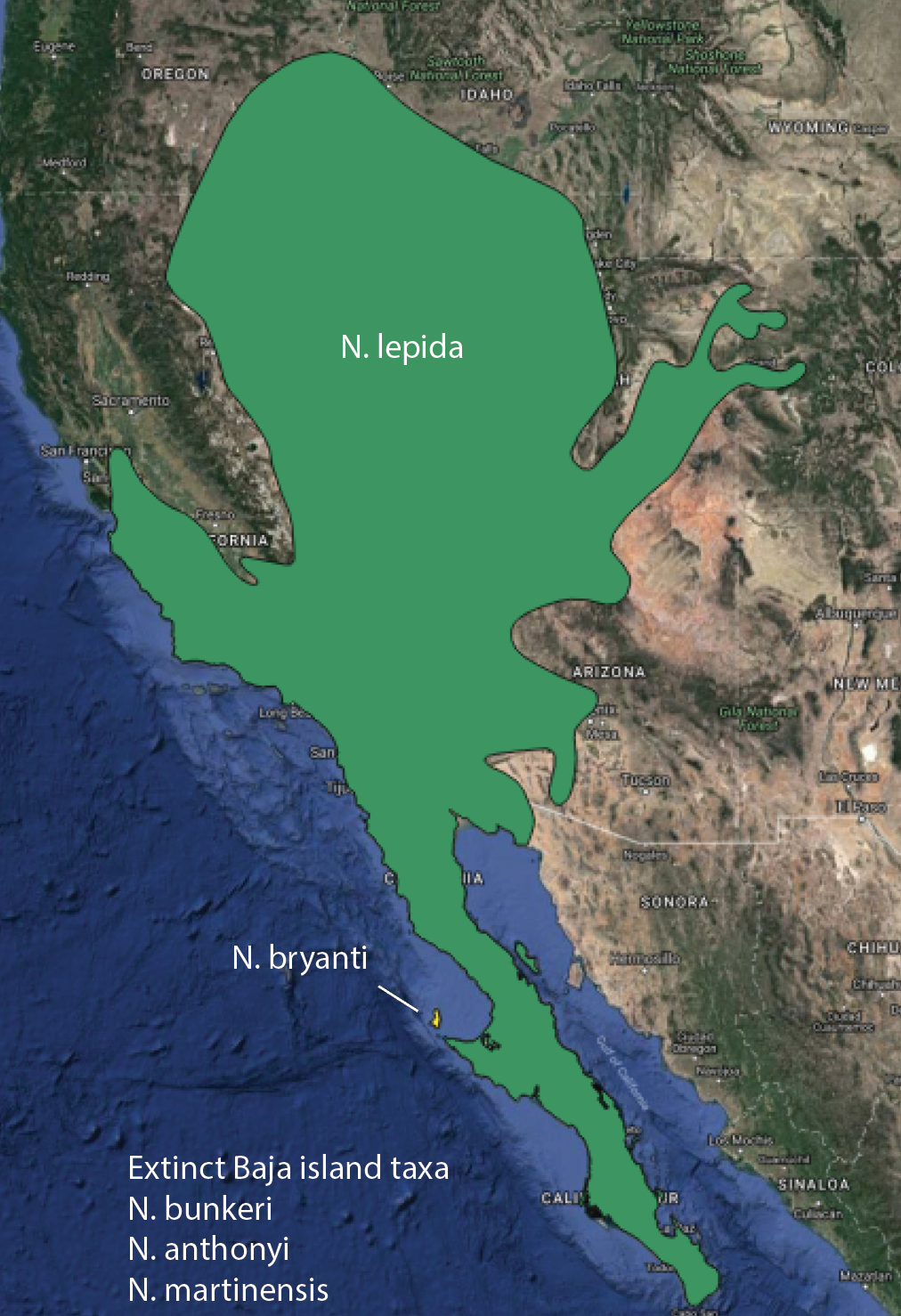The dangers of publishing partial taxonomic revisions...
iNat relies on the IUCN RedList as the taxonomic authority for mammals. The downside of taxonomic authorities are that they lag a bit from the primary literature - so maybe we're not quite as up-to-the-minute-informed as we could be about where species boundaries are and what our set of species should be as we could be. But the upside is we have a clear sense of the taxonomic concepts we should be following when we identify species (e.g. lets all agree to call fuzzy brown things from this are this name and fuzzy gray things from over here this other name). All being on the same page when it comes to taxonomic concepts is critical to organize conservation efforts, or inventory efforts like iNaturalist. And I'd argue that its more important that we are all on the same page regarding taxonomy even if our concepts don't represent up-to-the-minute bleeding edge taxonomy in the primary literature.
With that, IUCN during the 2004 Global Mammal Assessment used the current taxonomy that considered the 'Desert Woodrat group' as having five species: Neotoma lepida on the mainland, Neotoma bryanti known only from Cedros Island off Baja CA, and 3 other now extinct Baja Island endemics:

Figure 1.
Enter Patton et al.'s excellent revision in 2014. This study determined that the mainland woodrats, Neotoma lepida (sensu lato), actually should be split into 3 groups: a coastal species, an Arizona species, and the remaining species in between. Re: the former Baja island species, Patton et al. determined that they are all part of the coastal species except rats on Isla Ángel de la Guarda which are their own species. Patton re-used the name N. bryanti (senus lato) for this coastal species, and named the Arizona species N. devia, N. insularis for the Isla Ángel de la Guarda and reused Neotoma lepida (sensu stricto) for the remaining rats:

Figure 2.
What bothers me is that, in my opinion, IUCN should have held updating the RedList until they were ready to revise this entire group. Specifically by updating the existing assessments of N. bryanti and N. lepida, removing N. bunkeri, N. anthonyi, & N. martinensis from the list and adding N insularis and N devia. But what IUCN published in 2016 only included the addition of N. devia without addressing these other species (e.g. N. devia now overlaps with the range of N. lepida):

Figure 3.
Now the RedList gives the impression that N. lepida and N. devia co-occur in Arizona. Perhaps to address this, they yanked the map of N. lepida (sensu lato) but this just adds a lot of confusion making it impossible to understand what they mean by the names N. lepida with regard to the other taxa in the group.
If anyone from the RedList is listening, in my opinion its critical not to only partially incorporate taxonomic revisions into the published RedList. The N. lepida group should have been tackled in its entirety or not at all. In the meantime this puts us here at iNat in an awkward situation. Should we:
- leave out species coming from our taxonomic authority (specifically N. devia rolling things back to Fig 1.)
- or should we imply that they meant to incorporate all the revisions from Patton et al. and move things forward to Fig. 2 ahead of the published RedList?
- or should we follow the Published RedList exactly (Fig. 3) even though it leaves us in an ambiguous state that partially follows Patton et al. in an unclear way?



